Home>Garden Essentials>How To Clean A Water Fountain Pump
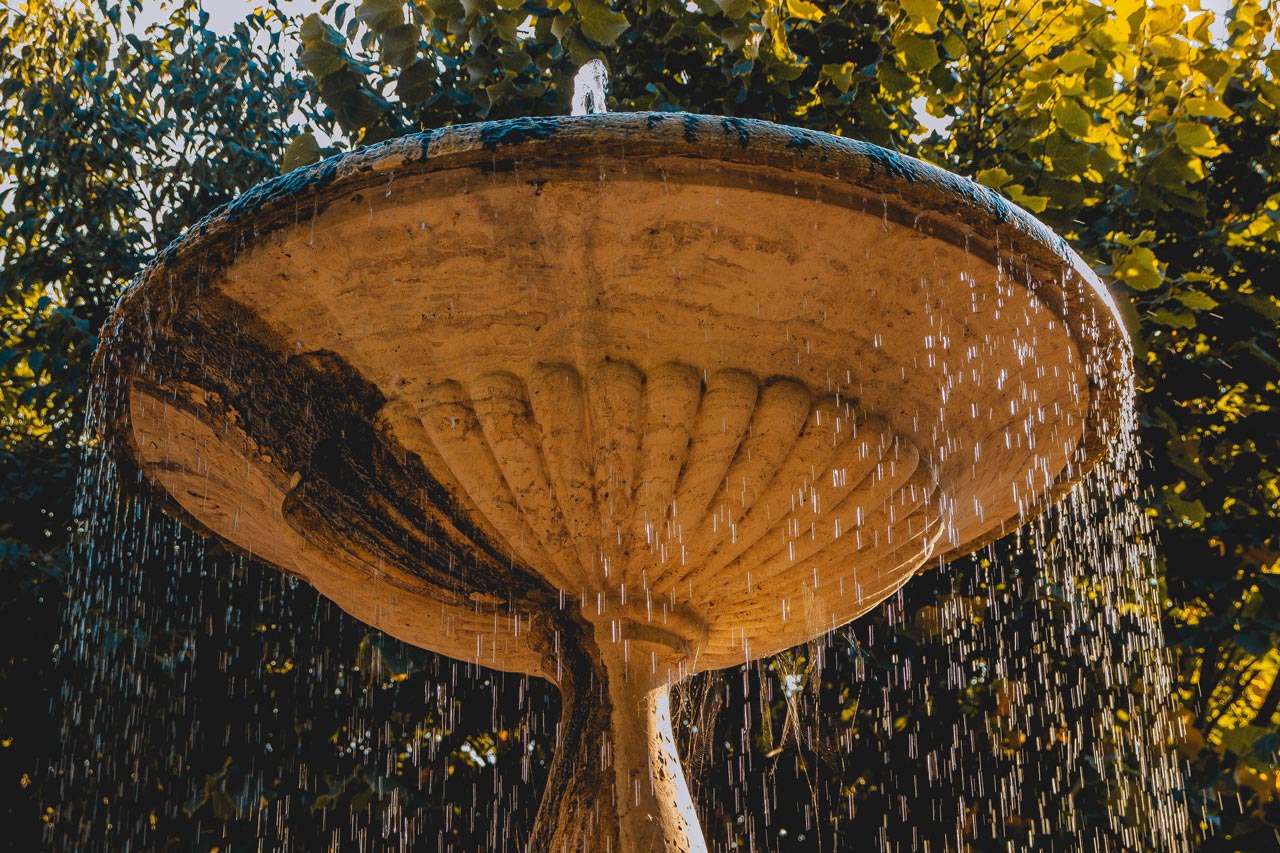

Garden Essentials
How To Clean A Water Fountain Pump
Modified: March 16, 2024
Learn the best techniques for cleaning a garden water fountain pump and keeping it in top condition. Get expert tips and step-by-step instructions on how to maintain your garden water feature for optimal performance.
(Many of the links in this article redirect to a specific reviewed product. Your purchase of these products through affiliate links helps to generate commission for Storables.com, at no extra cost. Learn more)
Introduction
Welcome to our guide on how to clean a water fountain pump! Water fountains are a wonderful addition to any garden or outdoor space, providing a sense of tranquility and beauty. However, like any other piece of equipment, water fountain pumps require regular maintenance to keep them running smoothly.
Over time, debris, algae, and mineral deposits can accumulate in the pump, leading to reduced performance and potential damage. That’s why it’s essential to clean your water fountain pump periodically to ensure optimal function and longevity. In this article, we will walk you through the step-by-step process of cleaning a water fountain pump, from gathering the necessary supplies to reassembling the pump after cleaning.
By following our guide, you’ll be able to maintain the cleanliness of your water fountain pump and enjoy the soothing sounds of flowing water for years to come. So, let’s dive right in and learn how to clean a water fountain pump!
Key Takeaways:
- Keep your water fountain pump clean to maintain its performance and longevity. Follow the step-by-step guide to ensure optimal functionality and enjoy the soothing sounds of flowing water in your garden for years to come.
- Prioritize safety by disconnecting the power source before cleaning your water fountain pump. Gather the necessary supplies and handle each component with care to maintain a clean and efficient water fountain.
Read more: How To Clean A Water Fountain
Step 1: Gather necessary supplies
Before you begin cleaning your water fountain pump, it’s essential to gather all the necessary supplies. Having everything prepared ahead of time will make the cleaning process much smoother and more efficient. Here are the supplies you’ll need:
- Gloves: It’s important to protect your hands during the cleaning process.
- Bucket or basin: This will be used to collect water and debris as you clean the pump.
- Clean water: You’ll need water to rinse off the pump parts.
- Soft-bristle brush: A brush will come in handy for removing any stubborn debris or algae.
- Vinegar: Household vinegar is an effective natural cleaner that can help remove mineral deposits.
- Toothbrush or small brush: This will be used for cleaning smaller, hard-to-reach areas of the pump.
- Sponge or cloth: A sponge or cloth will be useful for wiping down the pump housing.
- Screwdriver or pliers: Depending on the type of pump you have, you may need a screwdriver or pliers to disassemble it.
Make sure you have all these supplies readily available before you move on to the next step. Having everything prepared will save you time and ensure that you can clean your water fountain pump thoroughly.
Step 2: Disconnect the power source
Prior to starting the cleaning process, it is crucial to disconnect the power source to ensure your safety. Water and electricity do not mix well, so it’s essential to follow this step carefully. Here’s how to disconnect the power source:
- Locate the power cord of your water fountain pump.
- Ensure that the pump is turned off, and the power switch is in the off position.
- Unplug the power cord from the electrical outlet or disconnect it from the power source if it’s hardwired.
- If your fountain has a battery backup, disconnect it as well.
By disconnecting the power source, you eliminate the risk of electric shock during the cleaning process. Safety should always be a top priority, so take the necessary precautions before proceeding to the next steps.
Step 3: Remove the pump from the fountain
With the power source disconnected, it is now time to remove the water fountain pump from the fountain. Follow these steps to safely remove the pump:
- Carefully lift or remove any decorative elements or stones that are placed around the pump.
- Locate the pump within the fountain basin or reservoir. It is typically positioned at the bottom and connected to a tubing or hose.
- If there are any clamps or connectors holding the pump in place, loosen them using a screwdriver or pliers.
- Gently pull the pump up and out of the water, making sure to avoid any excessive force or tugging.
- Place the pump in a clean and safe area that is suitable for cleaning.
Removing the pump from the fountain gives you better access to clean it thoroughly. Take your time and handle the pump with care to avoid any damage. Once you have successfully removed the pump, you can proceed to the next step of the cleaning process.
Step 4: Disassemble the pump
Now that you have removed the water fountain pump from the fountain, it’s time to disassemble it. Disassembling the pump allows you to clean each component separately and ensures a thorough cleaning. Follow these steps to disassemble the pump:
- Refer to the manufacturer’s instructions, if available, for specific guidance on how to disassemble your pump. Different pumps may have varying mechanisms and components.
- Inspect the pump and identify any removable parts. This may include the impeller, housing, intake screen, or any other attachments.
- If there are screws or clips holding the components together, carefully remove them using a screwdriver or pliers.
- Gently separate the different parts of the pump, ensuring you keep track of each component.
- Place the separated pump parts in a designated area or container to avoid misplacing or losing any pieces.
Disassembling the pump may require a bit of patience and attention to detail. Take your time and handle each part delicately to prevent any damage. Once you have successfully disassembled the pump, you’re ready to move on to the next step: cleaning the individual components.
Read more: How To Keep A Water Fountain Clean
Step 5: Clean the pump parts
Now that you have disassembled the water fountain pump, it’s time to clean each individual part. This step ensures that all components are free from debris, algae, and mineral deposits. Follow these guidelines to clean the pump parts effectively:
- Impeller: The impeller is responsible for moving the water inside the pump. Use a soft-bristle brush or a toothbrush to gently scrub the impeller, removing any dirt or buildup.
- Housing: The housing of the pump can accumulate debris and mineral deposits. Clean it thoroughly using a sponge or cloth soaked in a mixture of equal parts water and vinegar. Wipe down the housing, ensuring to reach all the nooks and crannies.
- Intake screen: The intake screen prevents debris from entering the pump. Carefully remove it from the pump and rinse it under running water to remove any collected debris. If necessary, use a soft-bristle brush to gently scrub away stubborn residue.
- Other components: Depending on the design of your water fountain pump, there may be additional parts such as gaskets, seals, or connectors. Clean them according to the manufacturer’s instructions or rinse them under running water to remove any dirt or residue.
While cleaning the pump parts, it’s essential to handle them with care. Avoid using harsh chemicals or abrasive materials that could damage the components. Ensure that each part is thoroughly cleaned before moving on to the next step.
Regularly clean the water fountain pump by removing it from the fountain and soaking it in a vinegar and water solution for 30 minutes. Use a small brush to scrub away any debris, then rinse thoroughly before reinstalling.
Step 6: Remove any debris from the impeller
The impeller is a crucial part of the water fountain pump that requires extra attention during the cleaning process. Over time, debris such as leaves, twigs, and dirt can get caught in the impeller, hindering its performance. Follow these steps to remove any debris from the impeller:
- Carefully inspect the impeller for any visible debris. If there are any larger pieces, gently remove them by hand or with the help of tweezers or small pliers.
- Fill a bucket or basin with clean water and place the impeller in it. Alternatively, you can use a toothbrush or small brush to clean the impeller directly under running water.
- Rotate the impeller with your hand or use a soft-bristle brush to remove any remaining debris. Be gentle to avoid damaging the impeller or its blades.
- Rinse the impeller thoroughly under running water to ensure that all debris has been removed.
It’s crucial to remove any debris from the impeller to maintain its optimal functionality. Even small particles can impede the flow of water and affect the pump’s performance. Take the time to clean the impeller properly before proceeding to the next step.
Step 7: Clean the pump housing
The pump housing can accumulate dirt, algae, and mineral deposits over time, which can hinder the performance of your water fountain pump. Cleaning the pump housing is crucial to ensure optimal water flow and prevent clogs. Follow these steps to clean the pump housing effectively:
- Prepare a cleaning solution by mixing equal parts water and vinegar in a bucket or basin. Vinegar is an effective natural cleaner that can break down mineral deposits.
- Dip a sponge or cloth into the cleaning solution and wring out any excess liquid.
- Gently scrub the inside of the pump housing, paying attention to any areas where dirt or deposits have accumulated.
- If there are stubborn stains or residue, you can use a soft-bristle brush to scrub the housing more effectively, keeping in mind not to damage the surface.
- Rinse the pump housing thoroughly with clean water, ensuring that all traces of the cleaning solution are removed.
- Inspect the housing to make sure it is clean and free from debris. If necessary, repeat the cleaning process to achieve a pristine result.
Cleaning the pump housing will not only improve the performance of your water fountain pump but also help maintain its longevity. Regular cleaning of the housing prevents blockages and ensures the smooth operation of the pump. Once you are satisfied with the cleanliness of the pump housing, you can proceed to the next step.
Step 8: Reassemble the pump
Now that you’ve thoroughly cleaned each component of the water fountain pump, it’s time to reassemble it. Follow these steps to put the pump back together:
- Refer to the manufacturer’s instructions, if available, for specific guidance on how to reassemble your pump. Make sure you have all the disassembled parts laid out in front of you.
- Start by reattaching the impeller to the pump shaft. Gently align the impeller’s blades with the shaft and ensure it fits securely into place.
- If there are any remaining components such as gaskets, seals, or connectors, reattach them according to the manufacturer’s instructions.
- Carefully align the pump housing with the impeller and other components. Ensure that everything fits snugly together.
- If there were screws or clips used to secure the pump, use a screwdriver or pliers to fasten them back in place.
- Once all the components are securely reassembled, double-check to make sure nothing is loose or improperly aligned.
It’s crucial to follow the manufacturer’s instructions for reassembly to avoid any unnecessary damage or complications. Take your time and be attentive to detail during this step. Once you’re confident that the pump is properly reassembled, you can proceed to the next step: testing the pump.
Read more: How To Clean A Cat Water Fountain
Step 9: Test the pump
After reassembling the water fountain pump, it’s important to test it before reconnecting the power source. Testing the pump ensures that it is functioning properly and allows you to make any necessary adjustments or repairs. Follow these steps to test the pump:
- Place the pump back into the fountain basin or reservoir, ensuring it is positioned correctly.
- Fill the fountain with clean water, ensuring that the pump is fully submerged.
- Reconnect the power source to the pump, either by plugging in the power cord or reconnecting the hardwired connection.
- Turn on the pump and observe its performance. Pay attention to the water flow, any unusual noises, or vibrations.
- Check for any leaks or water escaping from the pump housing or connections.
- Allow the pump to run for a few minutes to ensure consistent and proper water flow.
- If you notice any issues such as poor water flow, unusual noises, or leaks, turn off the pump immediately and troubleshoot the problem.
Testing the pump allows you to address any potential problems before reconnecting the power source. If everything appears to be in good working order, you can proceed to the final step: reconnecting the power source and enjoying your clean water fountain.
Step 10: Reconnect the power source
Once you have successfully tested the water fountain pump and ensured that it is functioning properly, it’s time to reconnect the power source. Reconnecting the power source will bring your water fountain back to life. Follow these steps to safely reconnect the power source:
- Double-check that the pump is turned off before proceeding.
- Plug the power cord back into the electrical outlet or reconnect the hardwired connection, depending on your setup.
- If your fountain has a battery backup, reconnect it as well.
- Turn on the pump and adjust any settings or controls as desired.
- Observe the water flow, sound, and performance of the pump to ensure it is operating smoothly.
- Monitor the pump for the first few hours or days after reconnecting the power source to ensure there are no unexpected issues.
By following these steps, you can safely and confidently reconnect the power source to your water fountain pump. Enjoy the soothing sound and visual beauty of your clean and rejuvenated water fountain!
Conclusion
Cleaning your water fountain pump is an essential task to ensure its optimal performance and longevity. By following the step-by-step guide outlined in this article, you can maintain a clean and efficient water fountain that adds beauty and tranquility to your garden or outdoor space.
Remember, regularly cleaning your water fountain pump prevents the buildup of debris, algae, and mineral deposits that can impede its functionality. By gathering the necessary supplies, disconnecting the power source, removing the pump from the fountain, disassembling and cleaning each part, and reassembling and testing the pump, you can effectively maintain its cleanliness.
Ensure that you handle the pump and its components with care, rinsing them thoroughly and using gentle cleaning techniques to avoid damage. Take the time to inspect and troubleshoot any potential issues, and always prioritize your safety by disconnecting the power source before cleaning.
By incorporating these cleaning steps into your regular maintenance routine, you can enjoy the soothing sounds of flowing water and the beauty of your water fountain for years to come.
So roll up your sleeves, gather your supplies, and give your water fountain pump the cleaning it deserves. Your garden will thank you for it!
Frequently Asked Questions about How To Clean A Water Fountain Pump
Was this page helpful?
At Storables.com, we guarantee accurate and reliable information. Our content, validated by Expert Board Contributors, is crafted following stringent Editorial Policies. We're committed to providing you with well-researched, expert-backed insights for all your informational needs.
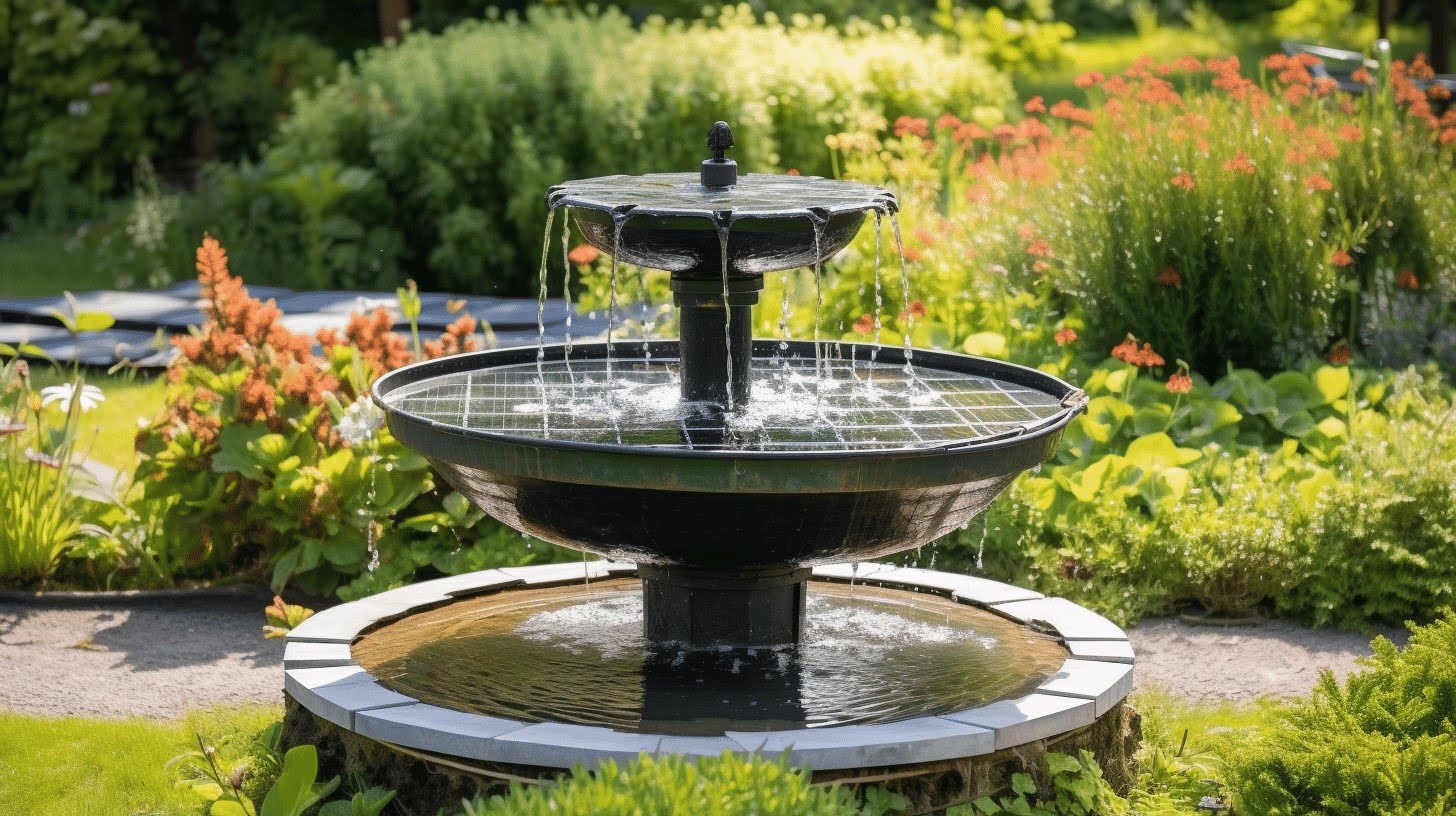

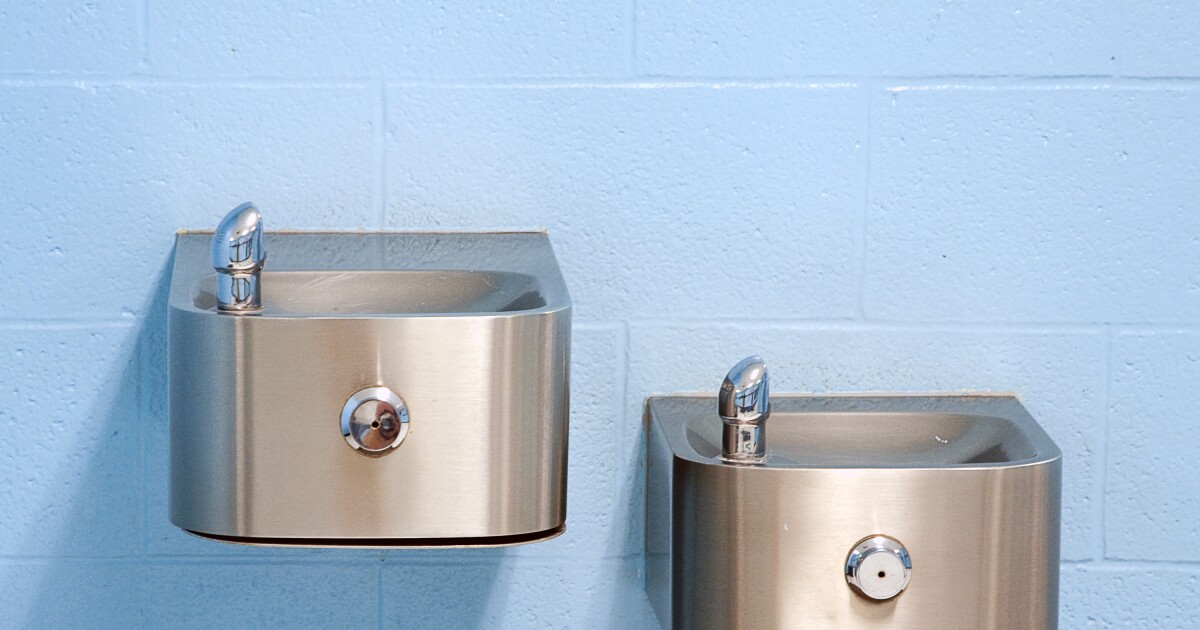
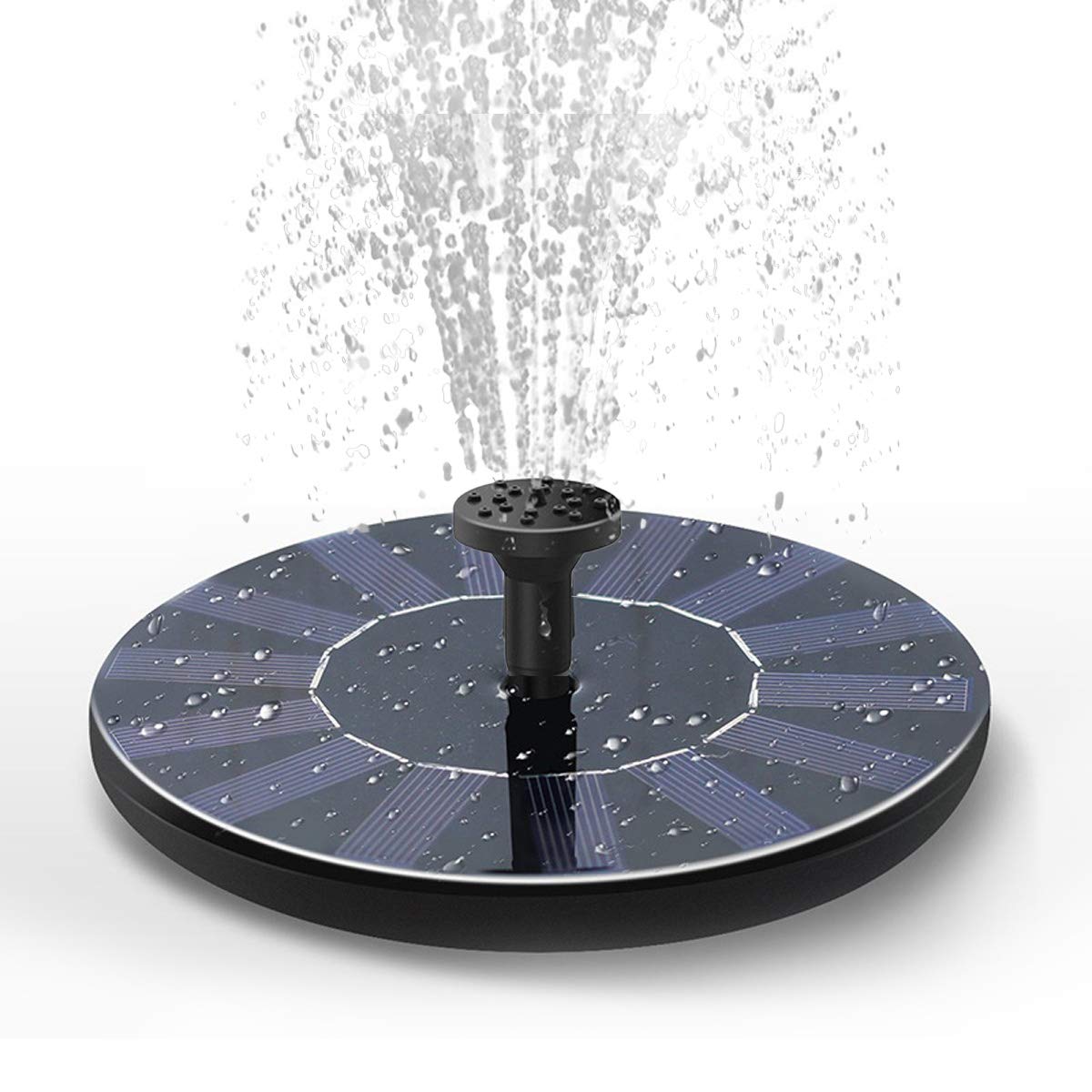
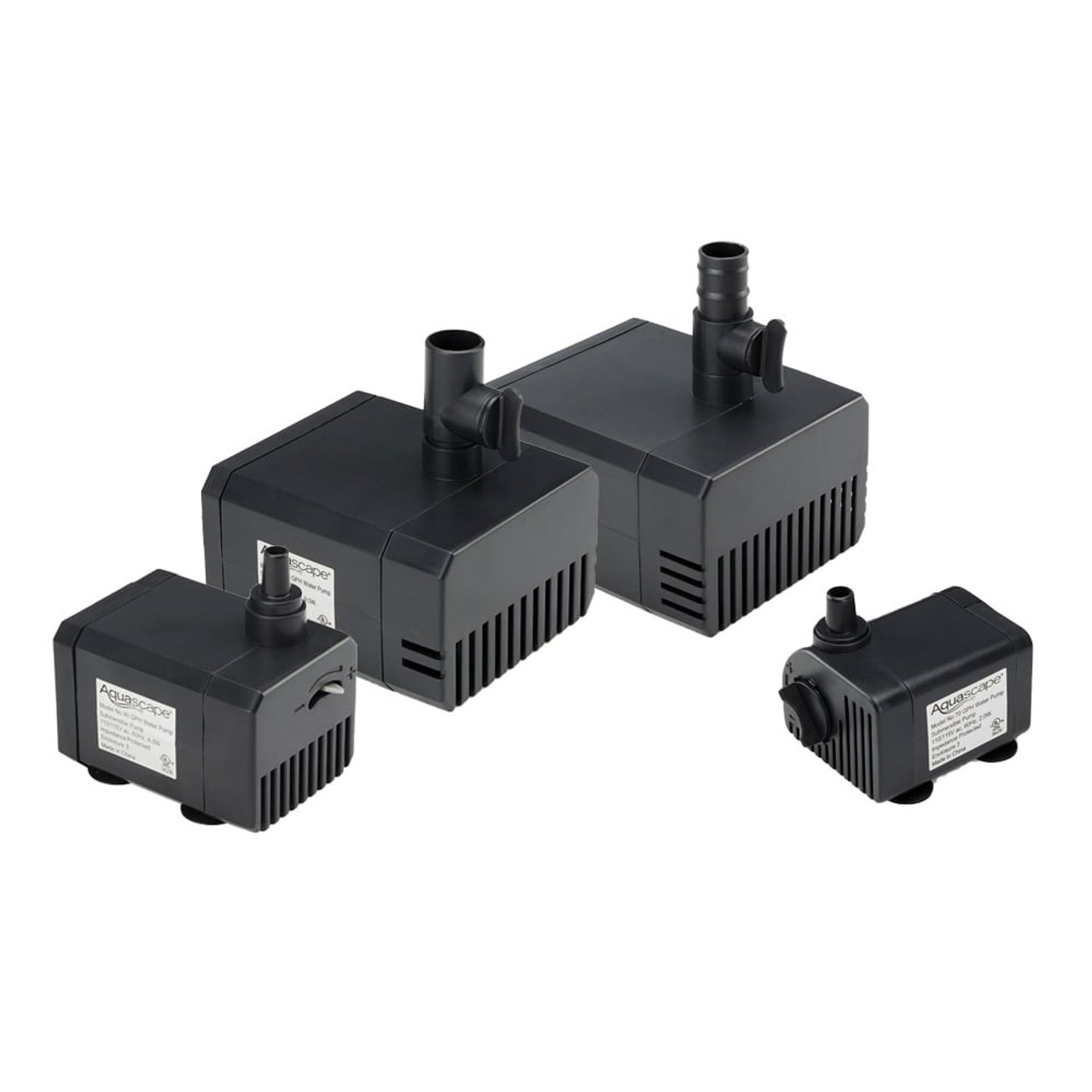
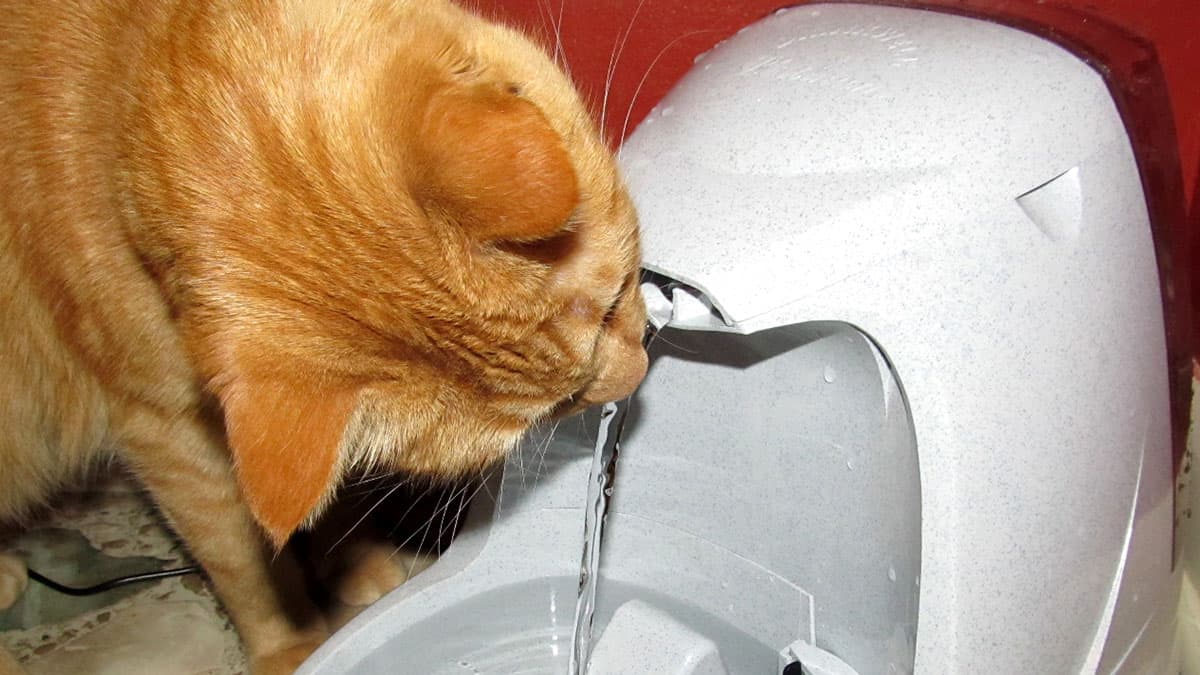
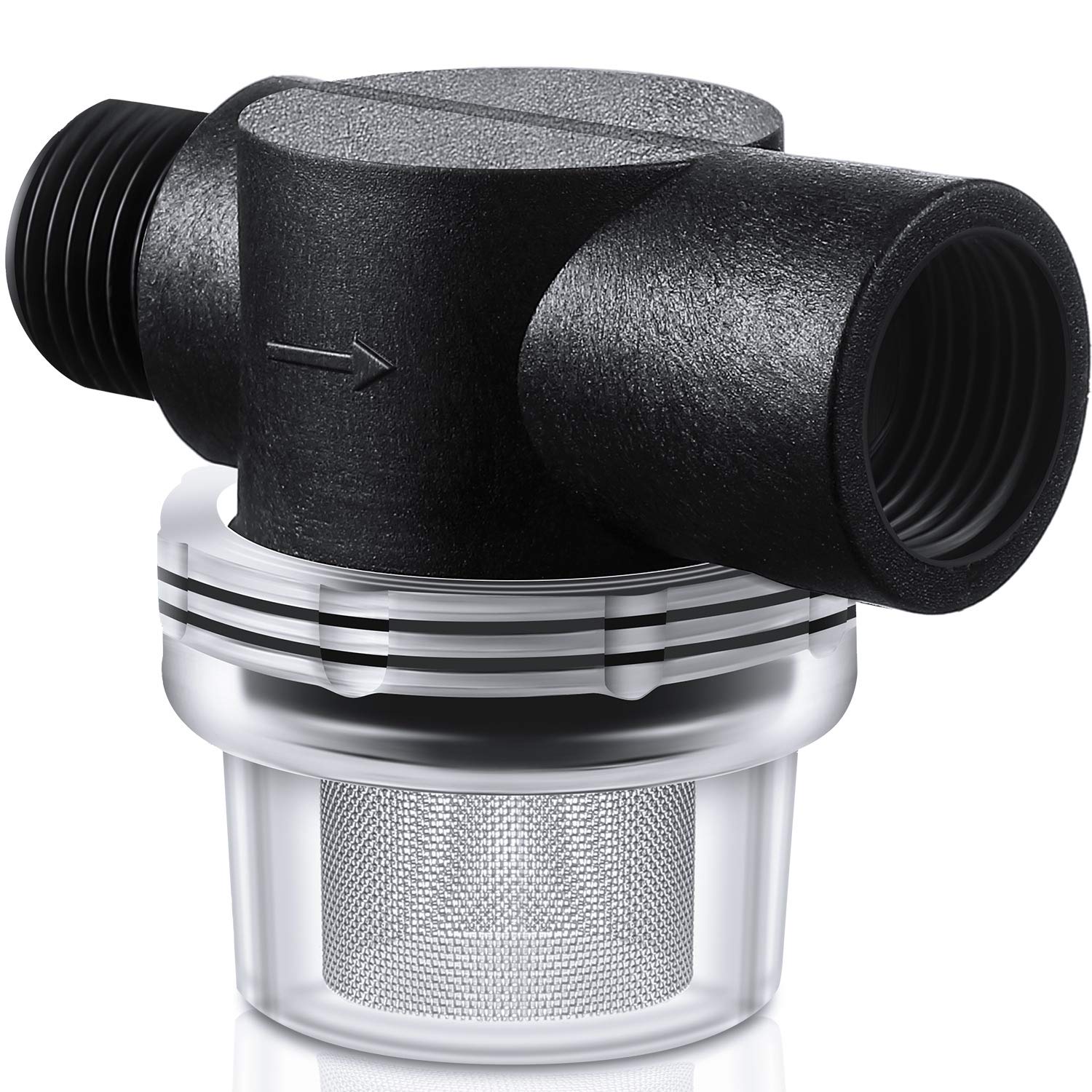
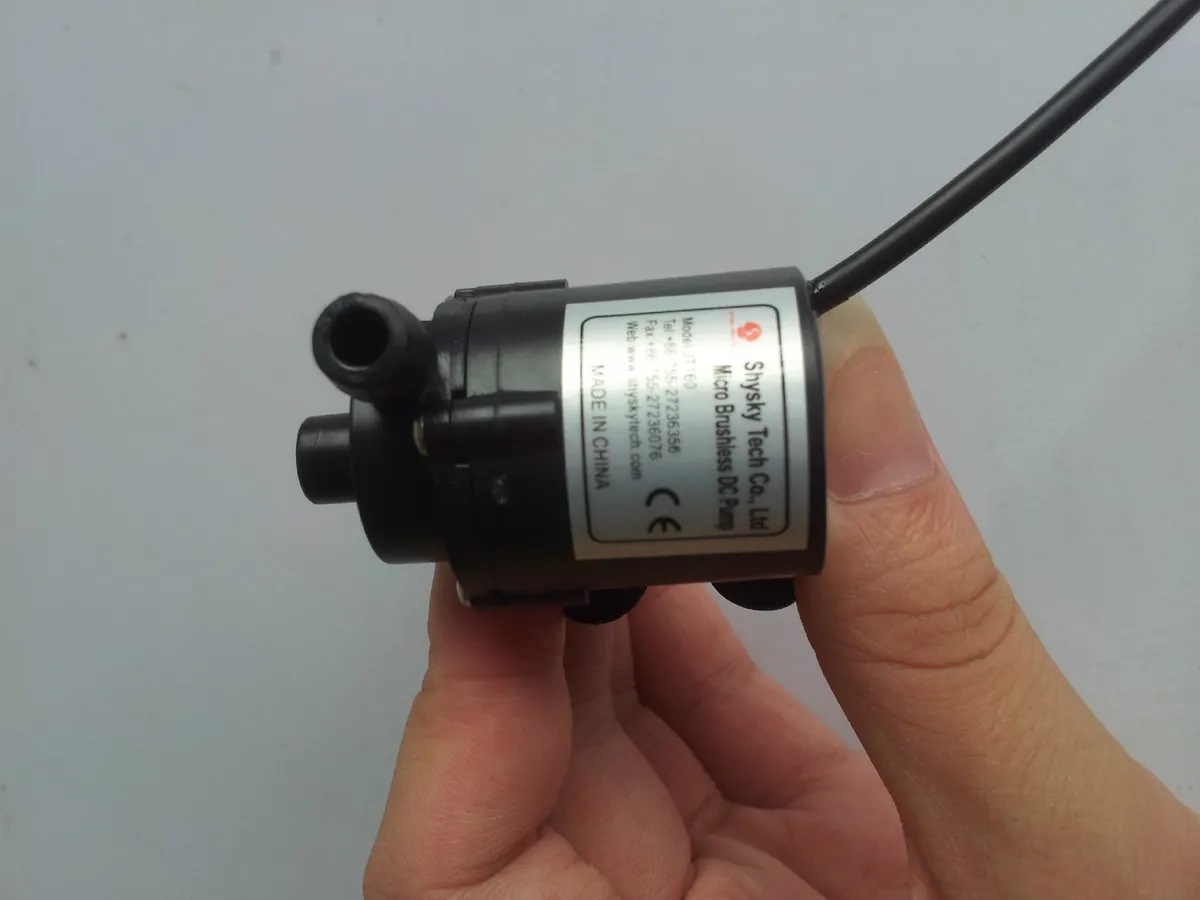

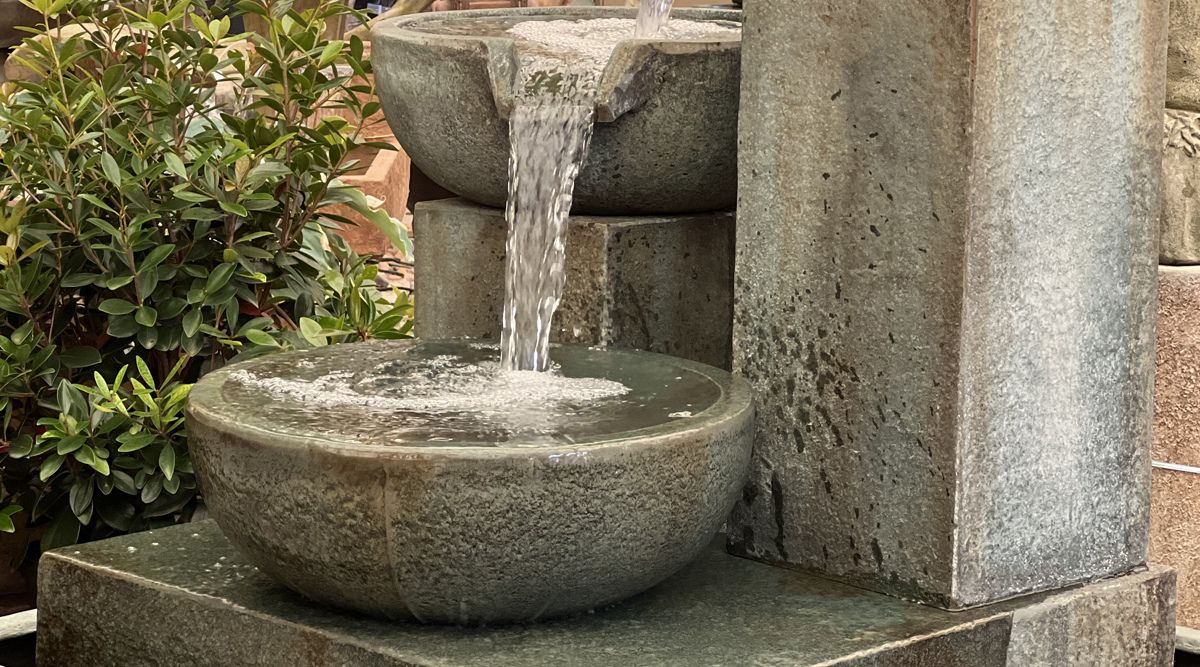
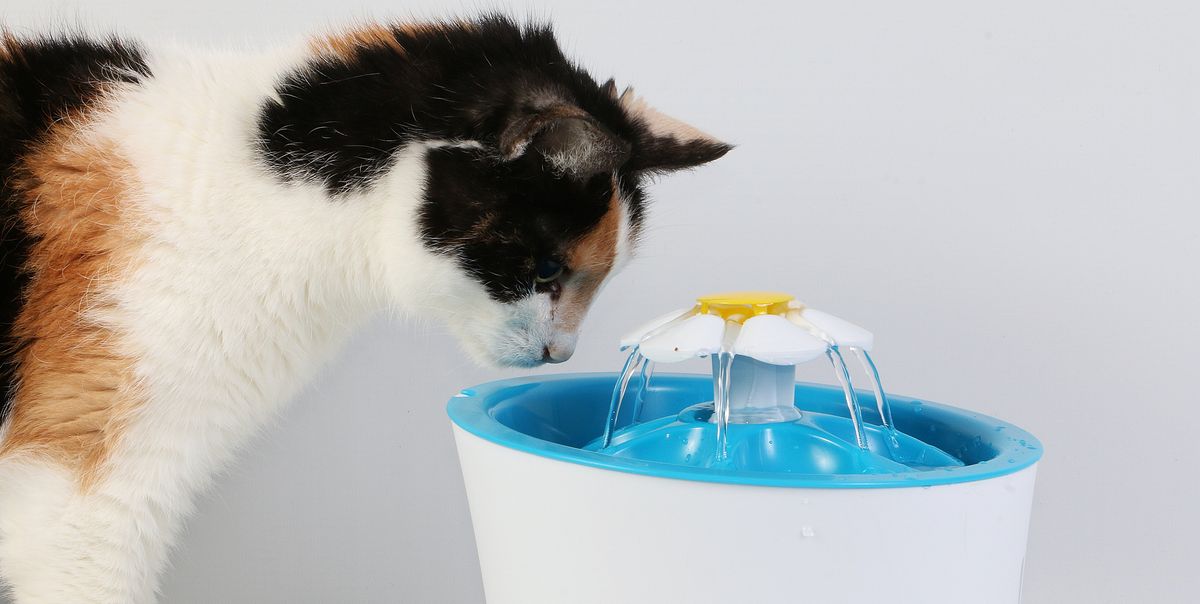
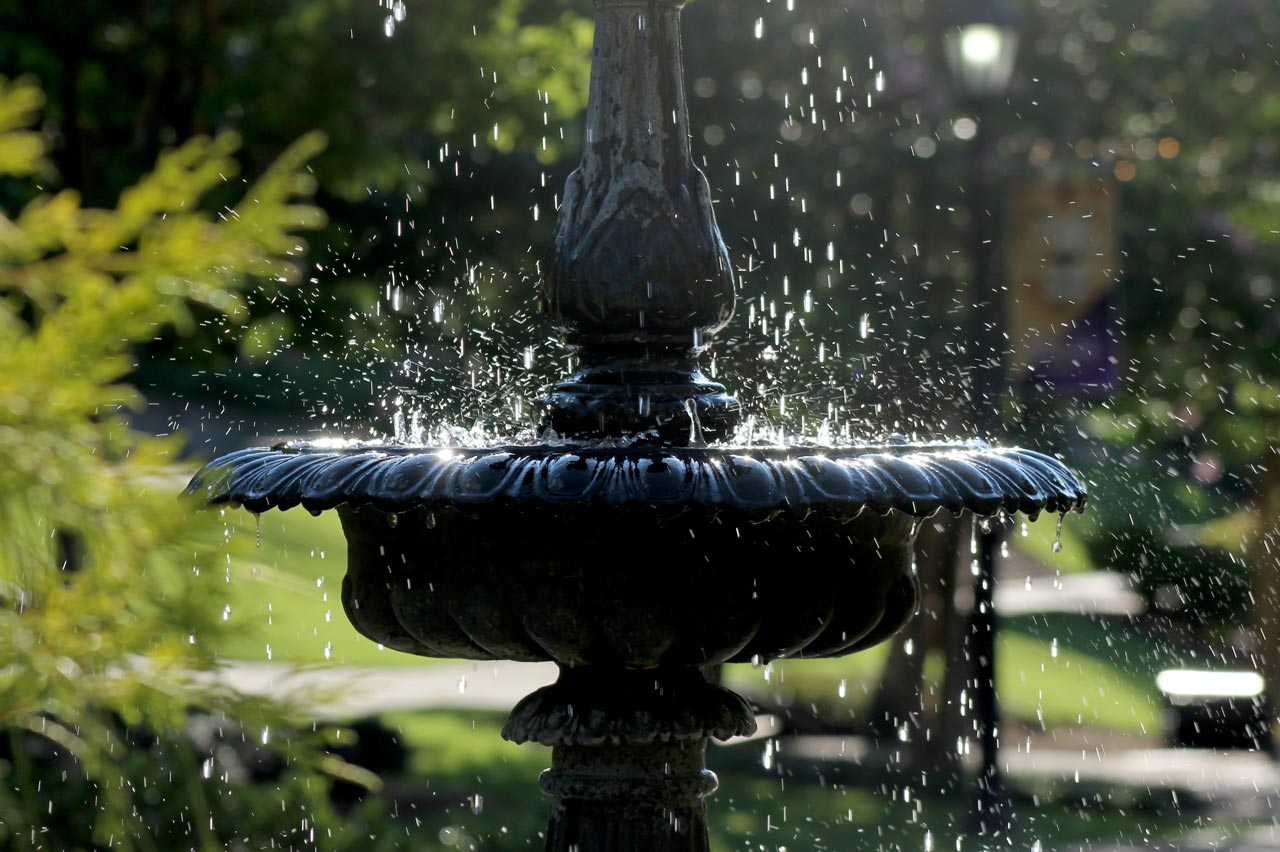


0 thoughts on “How To Clean A Water Fountain Pump”